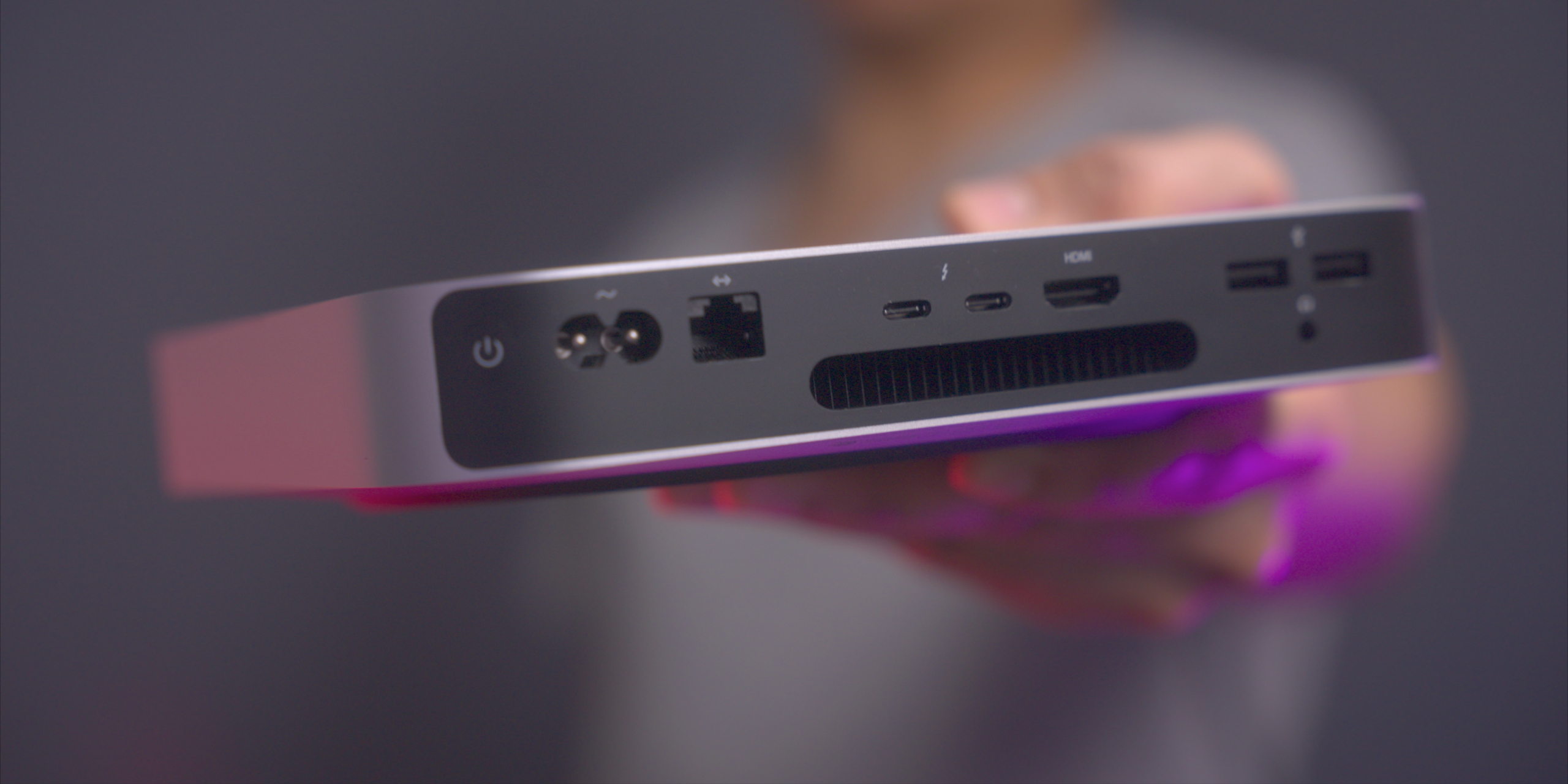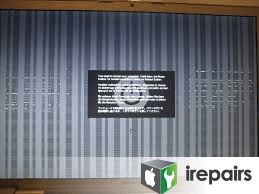

You can boot and you will see refind taking place of the boot loading process. If yes, you currently know that exists an EFI partition and you have already copied all refind files to that place. I recommend rEFInd, it helped me a lot, and I always use it.
MAC MINI GRAPHICS CARD BROKE INSTALL
If necessary, you can install a high-powered graphics card (also known as graphics processing unit - GPU) to offer more power to various programs, just like many small business owners.

You need to boot your windows but prior to that you need to run this damn commands before, so my recommendation is to first of all INSTALL a better bootloader. The graphics card is an indispensable component of any computer since it is used to display your computer data on a monitor. You can configure it with up to 1TB of storage.

It features the same M1 chip as the more expensive option, 8GB of RAM, and a 256GB SSD.
where /dev/disk0s1 is your EFI partition that was listed on first command.įor mounting on Windows, Open prompt with administration privilegies and: mountvol S: /S The Mac mini we’re testing is the entry-level 700 variant. Sudo mount -t msdos /dev/disk0s1 /Volumes/efi This partition usually exists on a Mac/Windows (if installed using EFI option), and you don't see it, unless you mount it. To see if an app is using the higher-performance discrete GPU, open Activity Monitor and click the Energy tab. Check if an app is using the dedicated GPU. Learn which integrated GPUs your Mac might have. The graphics cards currently in use appear next to Graphics. If you are not used about what is an EFI, I will try my explanation: It's a new way to boot systems, you have a partition on disk for that and a bunch of small EFI programs. To see which graphics cards are in use, choose Apple ( ) menu > About this Mac. First of all, worked perfectly, but it was painful for me to understand what's going on under the hood.įirst, this solution worked for me on a Windows 10 with Macbook 5,2 (White/2009)







 0 kommentar(er)
0 kommentar(er)
